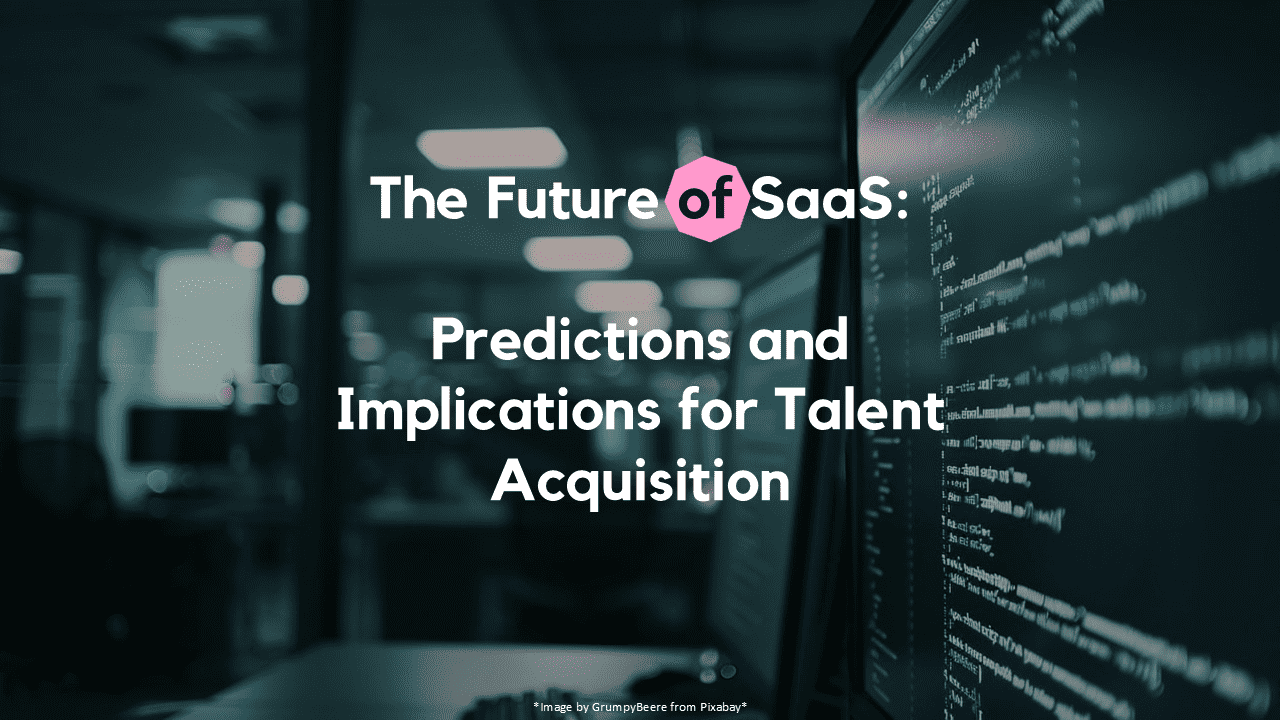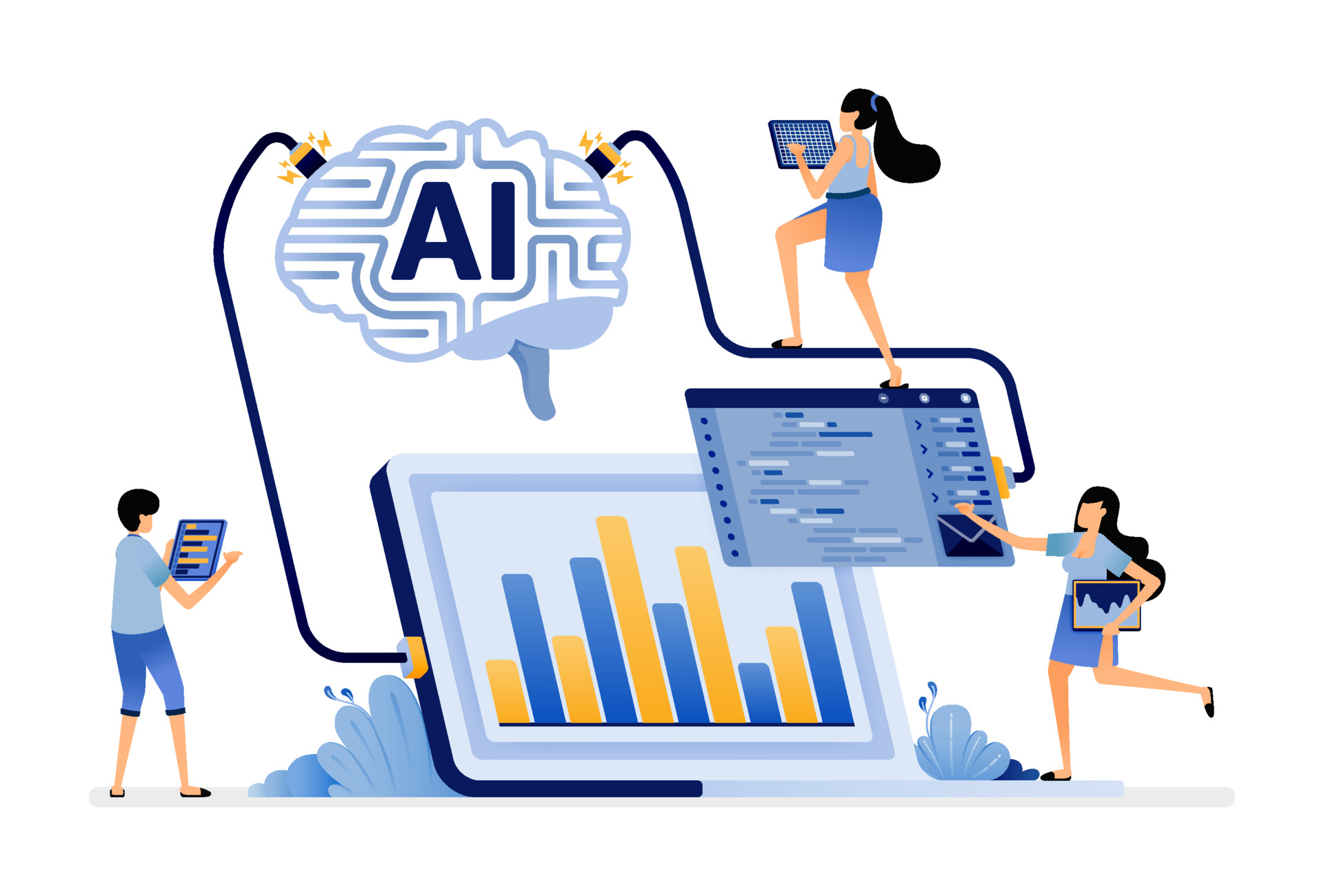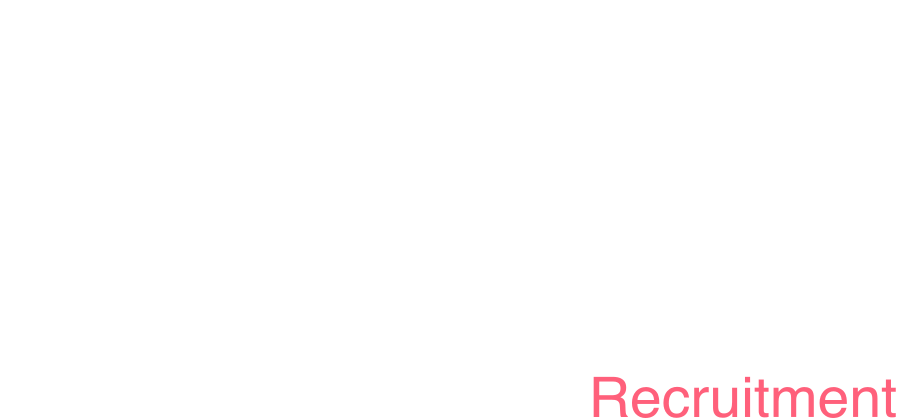The Future of SaaS: Predictions and Implications for Talent Acquisition
12 Aug, 20248 minutesThe Software as a Service (SaaS) industry is not only transforming the way businesses operat...

The Software as a Service (SaaS) industry is not only transforming the way businesses operate but also redefining the landscape of talent acquisition. As companies increasingly rely on SaaS solutions to drive innovation and efficiency, the demand for specialised talent is rising, requiring organisations to adapt their recruitment strategies to stay competitive.
Our previous blog post dived into the basic approaches that companies can implement to better position themselves for hiring, but for this week we thought we’d look forward. What as a can you expect to see from the market in general?
Read on to discover:
- The SaaS Market: A Rapid Evolution
- Key Trends Shaping the Future of SaaS
- Implications for Talent Acquisition
- Strategies for Success
The SaaS Market: A Rapid Evolution
The SaaS market has experienced explosive growth over the past decade, fundamentally changing business operations across industries. According to Gartner, global SaaS revenue is projected to reach $224 billion by 2025, growing at a compound annual growth rate (CAGR) of 17.5%. This rapid expansion is fuelled by several key drivers:
- Cloud Adoption: The widespread adoption of cloud computing has created a fertile environment for SaaS applications. By providing flexible, scalable, cost-effective solutions and secure solutions that have 94% of businesses surveyed noting improvements in their security after moving to the cloud, cloud platforms have significantly lowered the barriers to entry for new SaaS providers, enabling rapid innovation and diversification of offerings. And with 96% of companies using the public cloud and 84% the private, its clear the tech is here to stay and only continuing to grow.
- Digital Transformation: Businesses across all sectors are embracing digital transformation to enhance operational efficiency, improve customer experiences, and gain a competitive edge. SaaS applications are at the forefront of this shift, offering a wide range of tools for automating tasks, streamlining operations, and generating valuable data-driven insights.
- Economic Viability: The SaaS business model, with its recurring revenue streams and lower upfront costs compared to traditional software licensing, is particularly attractive to both entrepreneurs and investors. This economic viability has led to a surge in SaaS start-ups, further intensifying competition and innovation within the market.
- Accessibility and User-Friendliness: SaaS applications are designed with the end user in mind, often featuring intuitive interfaces that eliminate the need for complex installations or extensive IT support. This accessibility has broadened the user base, driving higher adoption rates and fostering a more diverse SaaS ecosystem.

Key Trends Shaping the Future of SaaS
As the SaaS market continues to evolve, several key trends are emerging that will shape its future trajectory and have significant implications for talent acquisition:
- Vertical SaaS Dominance:
The SaaS market is witnessing a shift from generic solutions to vertical SaaS, where software is tailored to meet the specific needs of individual industries such as healthcare, finance, and retail. This verticaliation allows for deeper industry expertise and more tailored solutions, but it also creates a demand for specialised talent with in-depth knowledge of these sectors. In 2023, 89% of executives and IT leaders agreed that Vertical SaaS is the way of the future. Companies will need to attract professionals who not only understand technology but also possess domain-specific expertise to drive innovation within these specialised markets.
- AI and Automation:
The integration of artificial intelligence (AI) and automation into SaaS applications is transforming the functionality of these tools, enabling them to perform complex tasks, provide predictive analytics, and enhance decision-making processes. It’s a technology that’s swept across and had far flung consequences for nearly every corner of the SaaS market. This trend is expected to increase efficiency and productivity across industries with the market predicted to amount to $1.5 trillion by 2030. However, it also necessitates a workforce with strong AI literacy and the ability to adapt to rapidly evolving technologies. Talent acquisition teams must prioritise candidates with a strong foundation in AI, machine learning, and data science to stay ahead in this competitive landscape.
- Low-Code/No-Code Platforms:
Low-code and no-code platforms are democratising software development by enabling individuals with limited coding experience to create applications. This trend is expected to lead to a surge of new SaaS start-ups, as more entrepreneurs can bring their ideas to life without extensive technical knowledge. However, it also underscores the need for talent with a deep understanding of business processes and user experience (UX) design. As these platforms become more prevalent, organisations will need to recruit individuals who can bridge the gap between technology and business to ensure that these tools are effectively implemented and utilised.
- Subscription Economy is at the top but others may arise:
The subscription model remains the dominant force in the SaaS market. By providing ongoing access to software in exchange for recurring fees, this model incentivises strong customer focus and retention. Consequently, there's a high demand for professionals skilled in account management, customer success, and relationship building. These individuals are crucial for acquiring new customers and nurturing existing ones to drive sustained revenue growth.
However, the landscape is evolving. With market saturation and the rise of open-source alternatives, usage-based pricing models are gaining traction. While these options offer potential benefits, our team believes that the subscription model remains the most cost-effective choice for many businesses.
Cybersecurity:
As SaaS applications increasingly handle sensitive data, the importance of cybersecurity cannot be overstated. The rise in cyber threats and data breaches has made cybersecurity a top priority for SaaS providers and their customers. This trend creates a significant demand for cybersecurity professionals who can protect sensitive information, ensure compliance with regulations, and mitigate risks. Talent acquisition teams will need to prioritise candidates with expertise in cybersecurity, data protection, and risk management to safeguard their organisations and their clients.
Implications for Talent Acquisition
The evolving SaaS landscape presents both challenges and opportunities for talent acquisition teams as they navigate the changing demands of the market:
- Skillset Transformation:
As the demand for traditional IT skills shifts towards a combination of technical expertise and business acumen, talent acquisition must focus on identifying candidates who possess a strong understanding of both technology and business operations. Upskilling and reskilling initiatives will become crucial to bridge the skills gap, ensuring that existing employees can adapt to new technologies and industry demands. Organisations must also be proactive in developing training programs that foster continuous learning and skill development.
- Candidate Experience:
In a competitive talent market, organisations must prioritise the candidate experience to attract top talent. Leveraging SaaS tools to streamline the recruitment process, personalise candidate interactions, and provide a seamless journey from application to onboarding is essential. Employer branding should highlight the company's commitment to innovation, technology, and employee development. By creating a positive and engaging candidate experience, organisations can differentiate themselves from competitors and attract the best candidates in the market.
- Remote Work and Global Talent:
The SaaS model often supports remote work, expanding the talent pool beyond geographical boundaries. As remote work becomes more prevalent, talent acquisition teams must adapt to remote hiring processes, including virtual interviews, assessments, and onboarding. Developing strategies to attract and retain global talent will be critical to maintaining a competitive edge. Organisations should also consider the cultural and legal implications of hiring across different regions and develop policies that support a diverse and inclusive workforce.
- Data-Driven Hiring:
AI-powered analytics can provide valuable insights into candidate behaviour, performance, and potential fit within an organisation. Talent acquisition teams can leverage data to optimise hiring decisions, reduce time-to-hire, and increase the likelihood of successful placements. By adopting a data-driven approach to recruitment, organisations can improve the quality of their hires and ensure that they are bringing in candidates who align with their strategic goals and company culture.
Strategies for Success
To thrive in the evolving SaaS talent landscape, organisations should implement the following strategies:
- Invest in Employer Branding: Position the company as a technology leader and attractive employer to attract top talent. Highlight the organisation's commitment to innovation, employee development, and cutting-edge technology.
- Focus on Candidate Experience: Create a positive and engaging candidate journey from application to onboarding. Personalise interactions, provide timely feedback, and ensure a seamless transition into the organisation. A positive candidate experience not only attracts top talent but also strengthens the company's employer brand.
- Build a Strong Talent Pipeline: Proactively identify and nurture potential candidates through sourcing, networking, and employer branding. Develop relationships with industry professionals, attend relevant conferences, and leverage social media to engage with potential talent.
- Develop a Culture of Learning: Foster a learning environment that encourages employees to acquire new skills and stay up to date with industry trends. Implement training programs, provide access to online courses, and support continuous learning initiatives. By promoting a culture of learning, organisations can ensure that their workforce remains competitive and capable of adapting to the rapidly changing SaaS landscape.
Conclusion
The SaaS industry is poised for continued growth, driven by technological advancements, industry-specific solutions, and a strong emphasis on customer satisfaction. However, this growth also brings new challenges for talent acquisition teams. By understanding the key trends shaping the SaaS market and their implications for talent acquisition, organisations can develop effective strategies to attract, retain, and develop the top talent needed to thrive in this dynamic environment. The future of SaaS is bright, and those who adapt their talent acquisition strategies to meet the evolving demands of the market will be well-positioned for success.
Want to learn more about building a world-class SaaS team? Check out our comprehensive guide on Scaling Your SaaS Team: Recruitment Best Practices. Discover actionable insights and proven strategies to help you navigate the talent landscape and achieve your business goals.




